New technology is driving opportunities for new experiences
Large, low cost and thin displays with touch screens along with low cost hardware and mature software platforms mean that it is easier to create impressive interactive kiosks and display solutions.
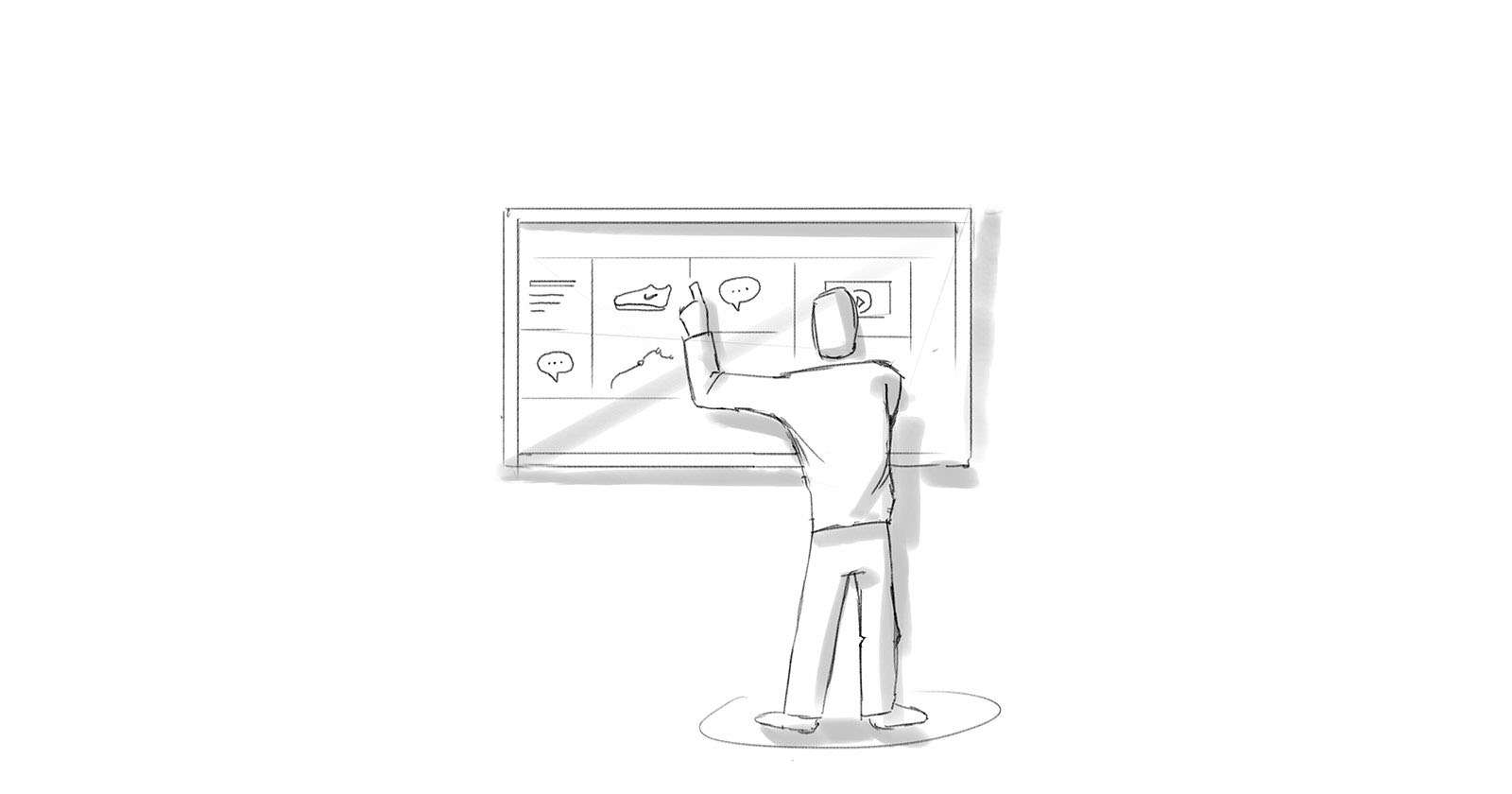
The current approach is awkward at best
And unusable at worst. Due to the cost and availability of large displays, bigger is seen as better with not much thought put into the context of the display. Displays that do not consider the context end up being uninviting and uncomfortable to use.
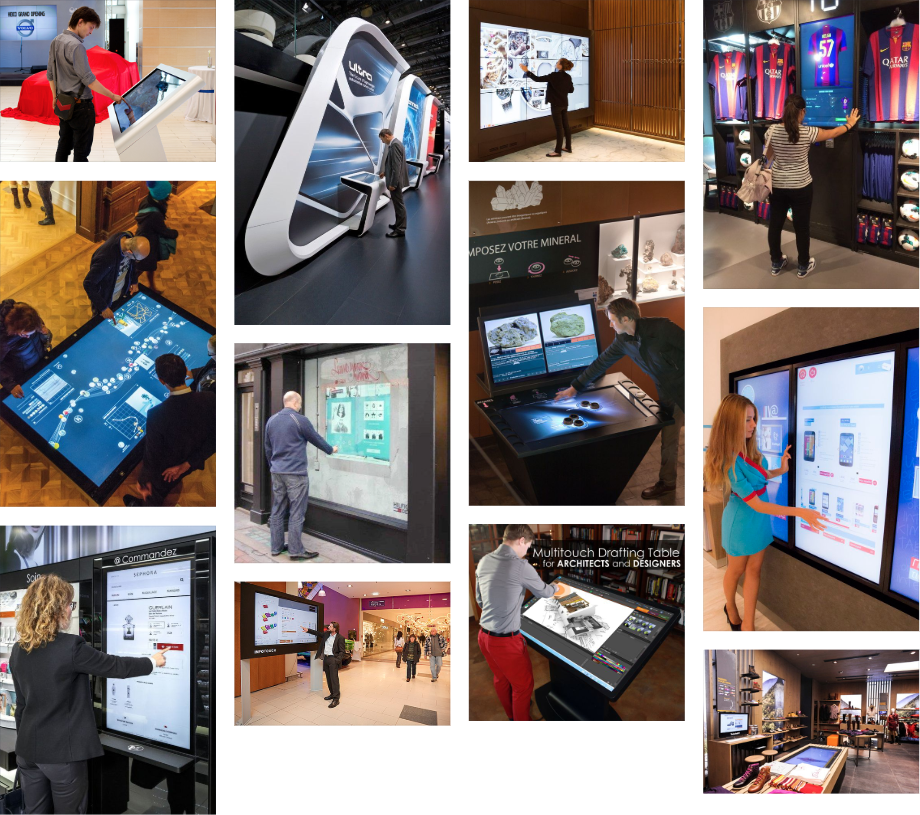
Design considerations
Selecting the right screen size and orientation for a kiosk design is based on three main factors: Context, Orientation and Adjustability.
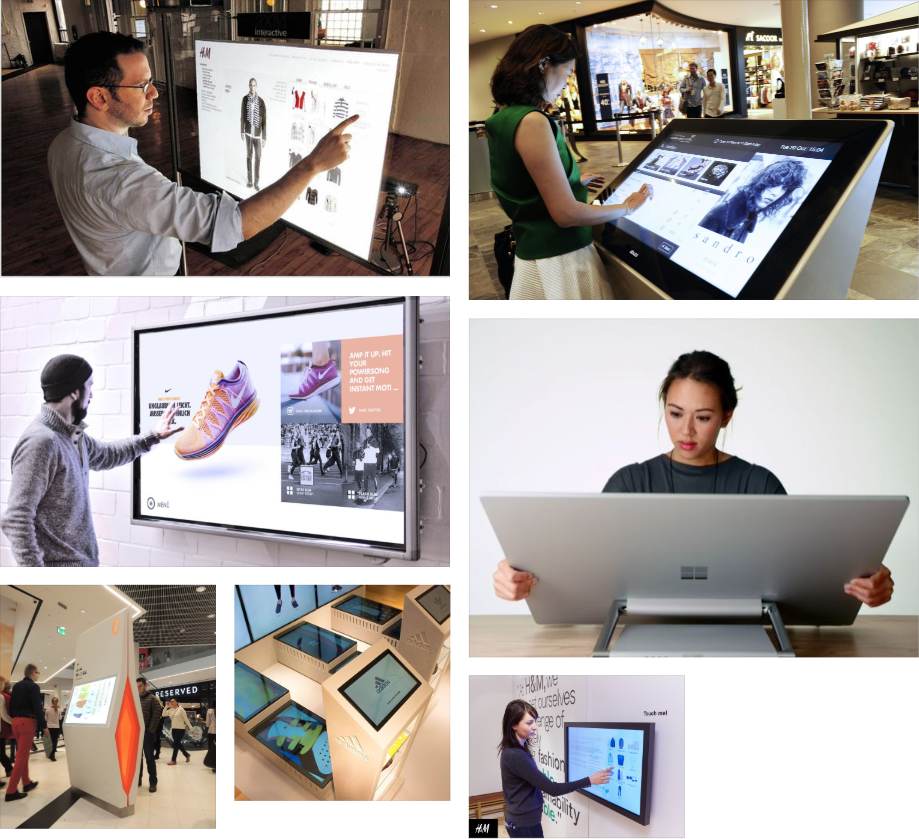
Context
Any solution should start with the context of the kiosk. This leads to successful applications.
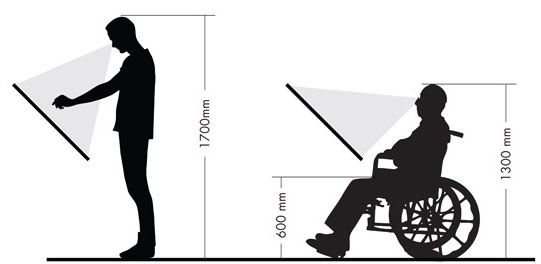
Personal InteractionA kiosk used by just one or two participants. Needs to be at a comfortable size, scale and orientation and be angled or adjustable if necessary. Maximum screen size would be around 30”Intimate PresentationIn the context of a sales presentation with on presenter an up to 3-4 viewers, then a larger vertical screen is more appropriate. Common approaches would be to wall mount or have on an easel/trolley. The presenter stands beside the display and needs to be able to interact with it without blocking the screen so that the other participants can see and also interact when comfortable. Screen size may be 40-65”Group PresentationFor a group presentation then the screen should be used as touch at all, the presentation should be managed using remote control or a device like a tabled shared to the larger display. Screen size is based on the size of the group and viewing distance+++
Orientation
The orientation is relevant to the content being displayed.
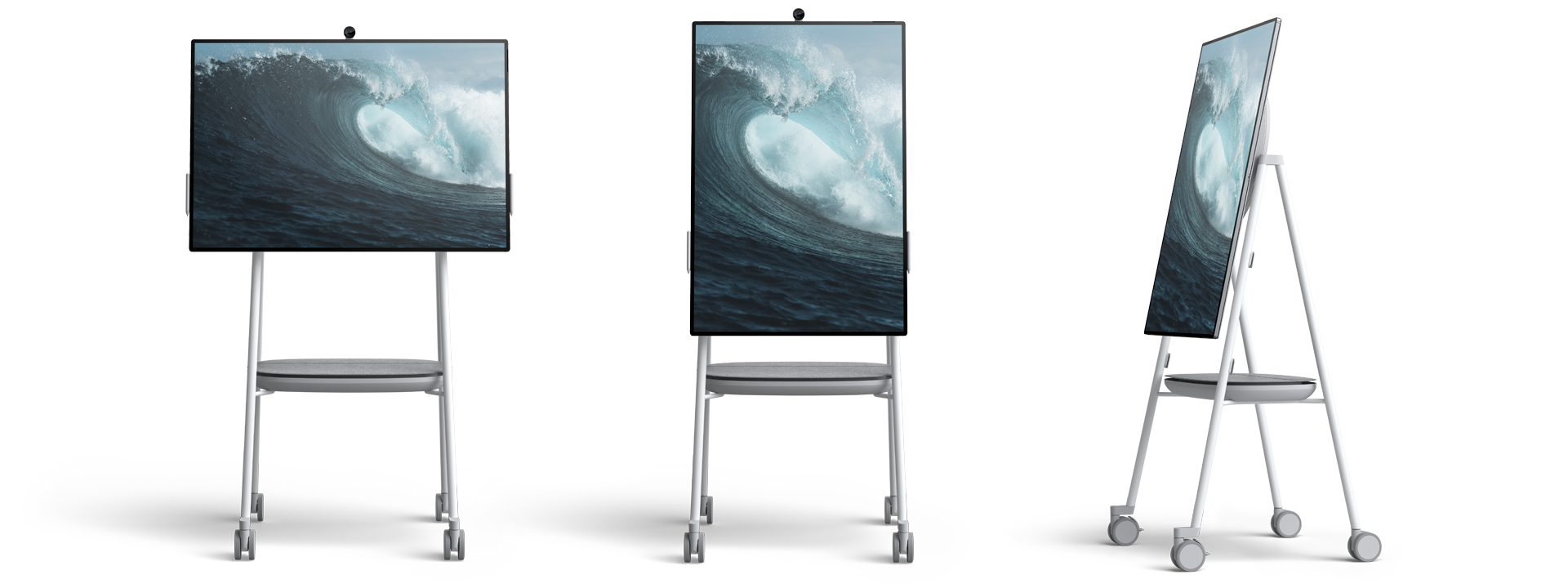
PortraitPortrait works well for digital signage, advertising and information which is traditionally portrait and also where minimal interaction is required.LandscapeLandscape is more appropriate for mapping and wayfinding and also with sales presentations.+++
Adjustability
For presentations, the location and distance fo the viewers is dictated by the space and the display can be easily located to suit.For intimate presentations, it is best to have a solution that can be easily adjusted to a height and angle the participants feel comfortable.
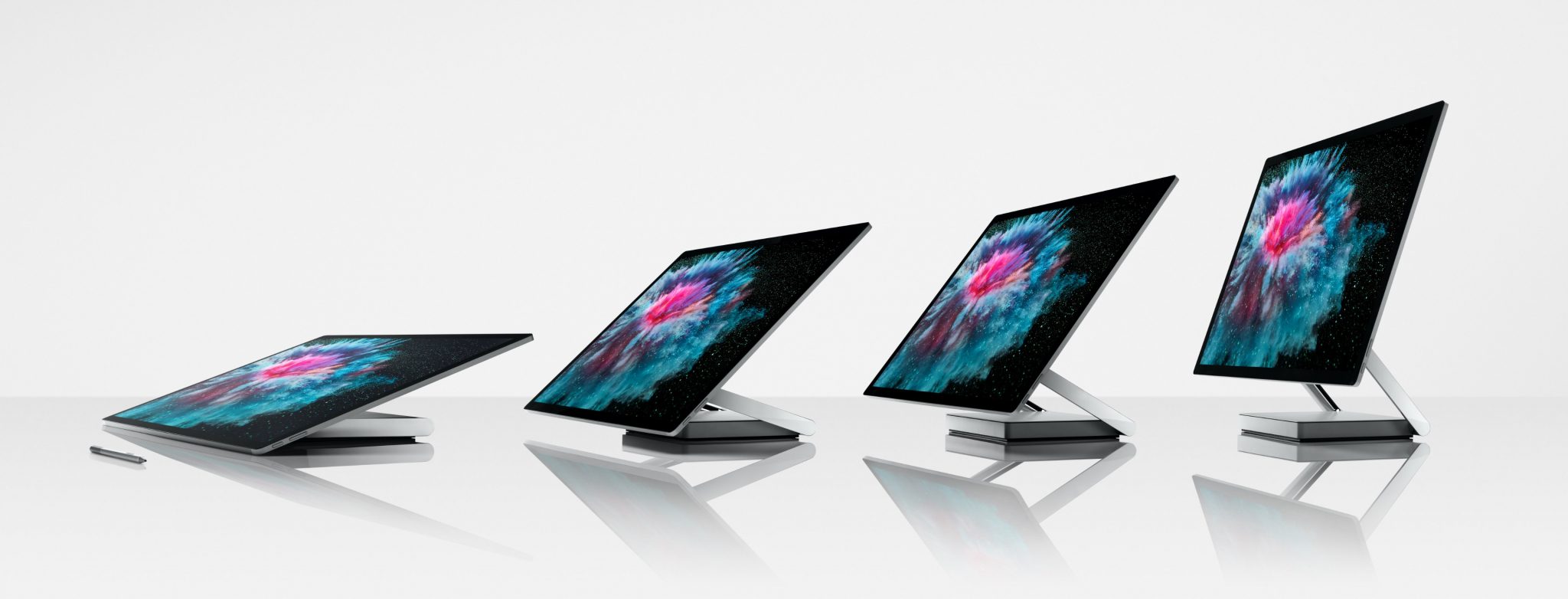
+++
Inspiration
There are many examples in wayfinding design that
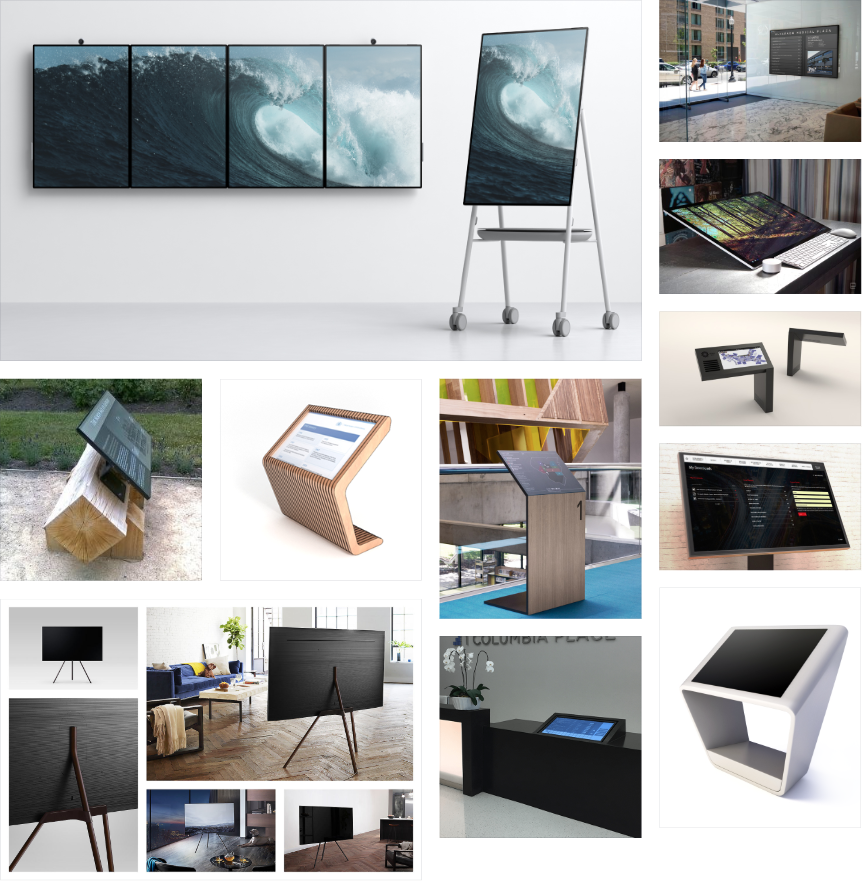
+++
Recommendations
Personal Interaction
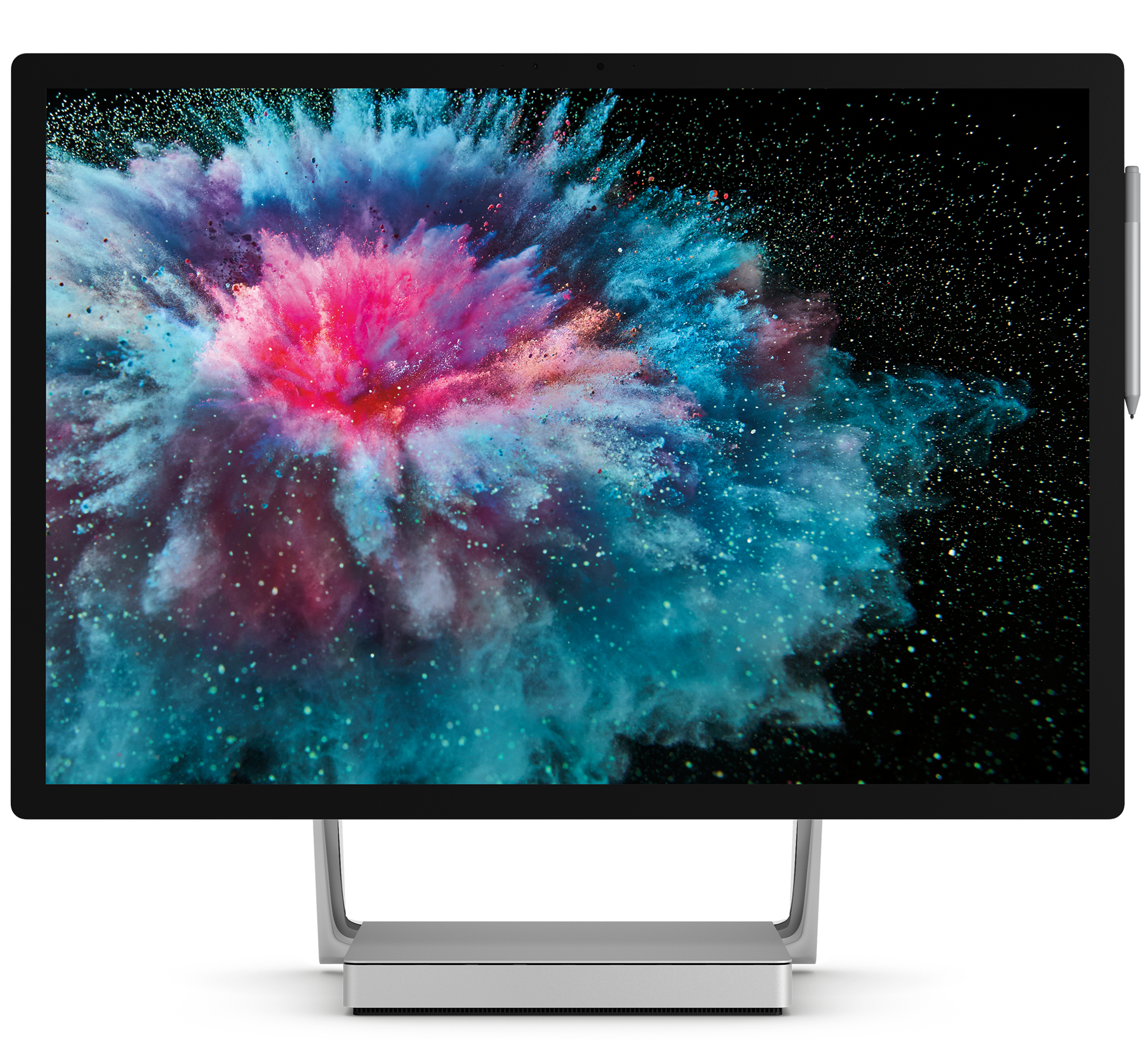
Microsoft Surface Studio – a 28” all in one PC that is adjustable and designed for a human scale touch experience. Enables users to easily adjust to a comfortable angle and fits into most contexts. $5,000-6,500 (28”)Angled touch screen – A 30-40” display at a gentle angle built into a wall, kiosk or bench at a comfortable higher for the majority of users. $2,000 (30”)-$3,000 (40”)Own device – potentially the best application of all is the ability for the user to use their own device to access the information via a web application, so when they can access the kiosk experience anywhere.
Intimate Presentation
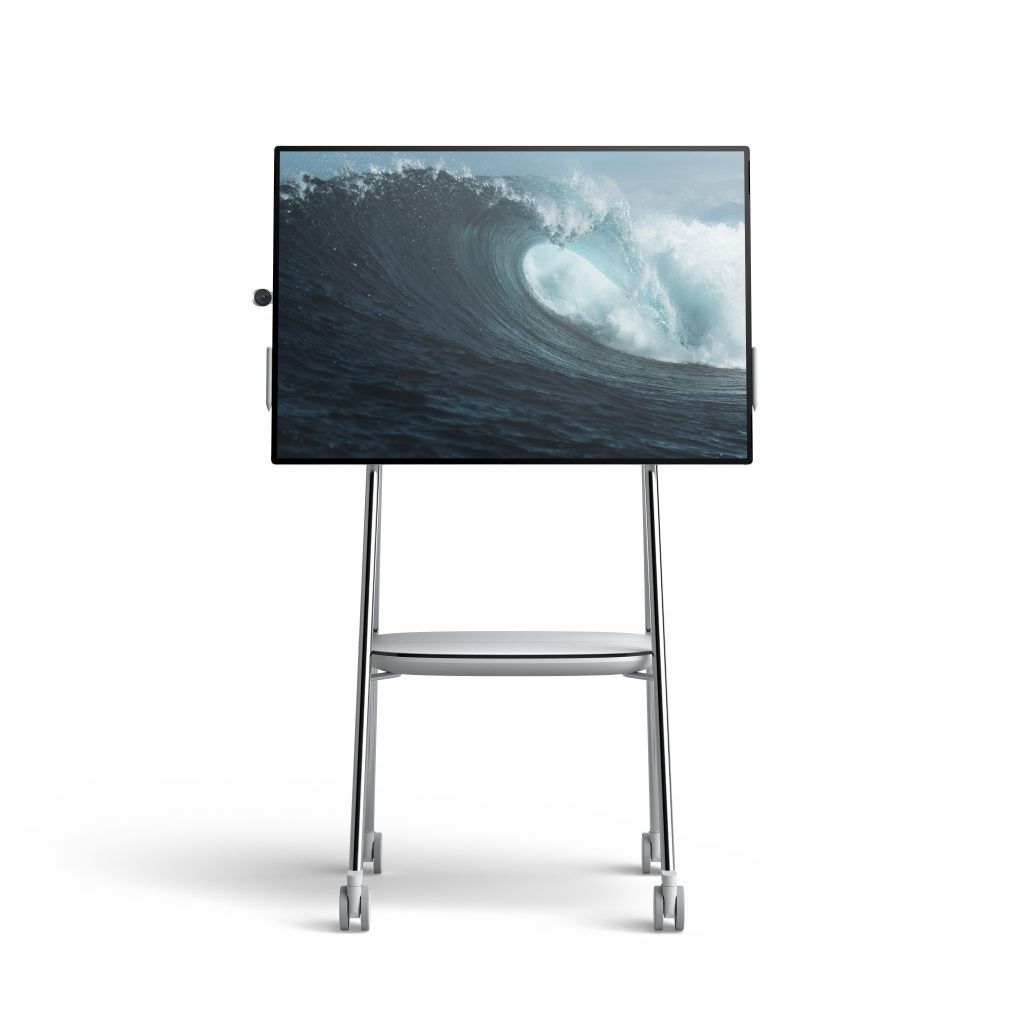
Microsoft Surface Hub – A surface hub either on a trolley or wall mount is an excellent touch screen and piece of hardware. The main feature of the hub is the collaboration software, which is not being used in a kiosk as it is essentially just being used as a wall mounted touch screen. $13,550 (55”)Wall mounted touch screen – A 40-65” wall mounted touch screen that can be used by both sales staff in a presentation context or by users individually at a height for easy touch interaction plus distance viewing. $4,000 (50”)-$6,000 (65”)